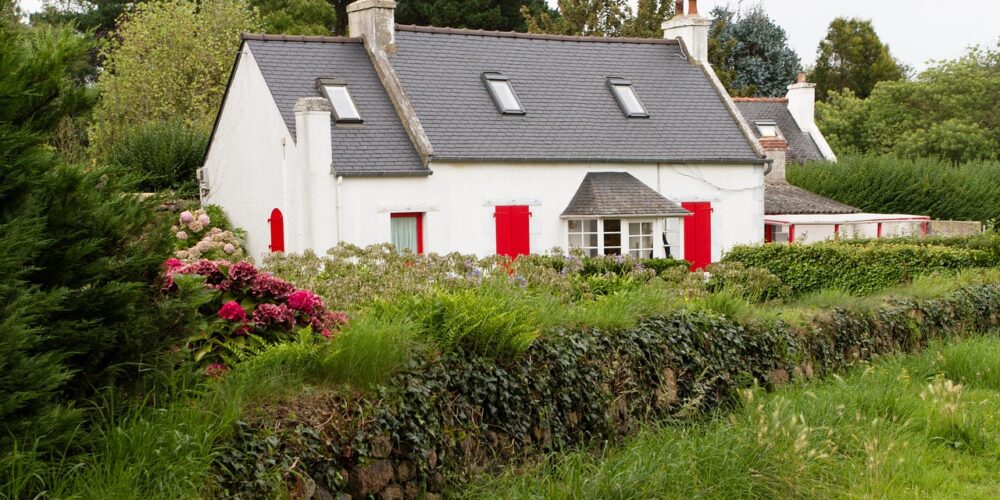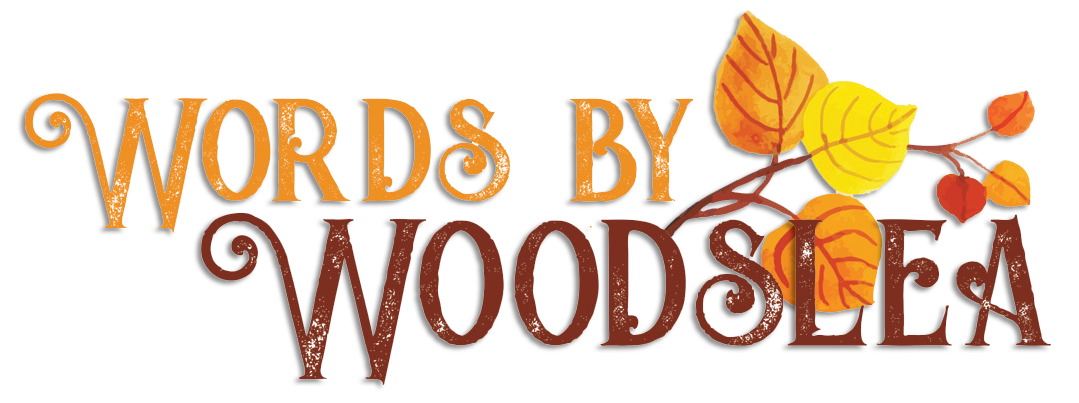Bungalow, Lodge or Single-Storey Cottage?

When is a bungalow not a bungalow?
Recently, I telephoned two clients to get the lowdown on their homes. Both, it transpired, lived in bungalows.
One called theirs a single-storey cottage. The other described theirs as a lodge. Same fundamental building type: single level, no stairs, accessible, but, different names. With the second homeowner, we got talking about the nuances of how we name our builds. Each name conjured an entirely different mental picture. One feels quaint and romantic, rambling roses crowding around the door; the other sounds rural and private, perhaps somewhere near a lake or at the foot of a mountain, with a log burner glowing in the corner.
It’s conversations like this that always render me a little bit giddy about language, and how a single word can be a turn on or a turn off, all based on connotations.
Harking back to my time spent teaching and examining A-Level English Language, there was a topic I always loved teaching: semiotics. Sign theory.
In linguistic terms, semiotics is the study of signs and symbols and how we interpret them. Ferdinand de Saussure, one of the founding figures of semiotics, spoke about the signifier (the word or image) and the signified (the concept or meaning it conjures).
Let’s take property, the signifier might be “bungalow,” “cottage,” or “lodge.” The signified is the mental image the reader builds from that word: perhaps a neat suburban home, a thatched hideaway, or a secluded retreat in the woods.
The bricks and mortar might be identical, but the language shapes the mental picture. And that picture shapes desire.
Same space, different story
Over the years, I’ve noticed the same phenomenon crop up inside the home too.
Take the main living space. Some estate agents will always call it the lounge. Others shudder at that and plump for sitting room. Then there are those who opt for drawing room, a delightfully old-fashioned term that evokes high ceilings, an imposing fireplace and perhaps a glass of sherry with Agatha Christie before dinner. And then there’s living room, a surprisingly neutral choice that rarely sparks strong feelings either way.
The funny thing is, these words are often used interchangeably, but each one quietly shapes how a buyer imagines themselves in that space. Lounge might feel laid-back and comfortable. Sitting room suggests formality and a nice strong-backed armchair. Drawing room carries with it a certain grandeur. Living room simply… well, I’m yet to nail that one down to be frank.
Why does it matter?
Most estate agents have their own “house style”, a set of preferences that often stem from brand positioning. But it also depends on three things: their ideal client, the type of home, and the area they serve.
A high-end heritage agency marketing Georgian townhouses to London professionals might avoid “lounge” altogether, preferring “drawing room” or “reception room” to match the property’s pedigree and the expectations of a more formal buyer. Personally, I’m not a fan of “reception room”, there’s a cold vagueness and lack of purpose to it.
An agent focused on sleek city apartments may choose “living room” for its contemporary neutrality, appealing to young professionals or downsizers looking for low-maintenance modernity.
Meanwhile, a village-based agency specialising in period cottages might lean into “sitting room” for its warmth and tradition, a word that feels right at home in a rural listing where community charm is a selling point.
What’s key is that these are all deliberate choices, designed to align language with the buyer’s aspirations, the home’s personality and the lifestyle the area offers.
How language choice influences buyers
Language primes people before they’ve even booked a viewing.
Call a place a bungalow and some buyers will think practical, accessible, perhaps aimed at a certain age bracket. Rename it a single-storey cottage and suddenly it’s a characterful, stone-built haven. Call it a lodge, and you hint at seclusion, holiday potential, or a wooded setting.
It’s the same bricks and mortar, but the label opens a different door in the imagination.
So…what should you call it?
The right term is usually a blend of accuracy, aspiration and audience.
If a home really is a 1930s detached bungalow, you don’t want to mislead by calling it a “Georgian lodge”. But there’s often flexibility in how you frame it: cottage if you want to highlight charm, lodge if you want to suggest privacy, bungalow if you want to emphasise ease of access.
For internal rooms, I tend to take my lead from:
The architecture (high ceilings and a bay window? Drawing room might suit).
The décor (cosy and relaxed? Lounge).
The agent’s style guide (sometimes unwritten, but very real).
So, whether you’re curling up in your lounge, sitting room, living room or drawing room, or retreating to your bungalow, single-storey cottage or lodge, the words you choose matter more than you might think.
They don’t just describe a home, they tell its story. And the right story can be the difference between “just browsing” and “when can we move in?”.
PS – I’m also a fan of a cosy snug.
